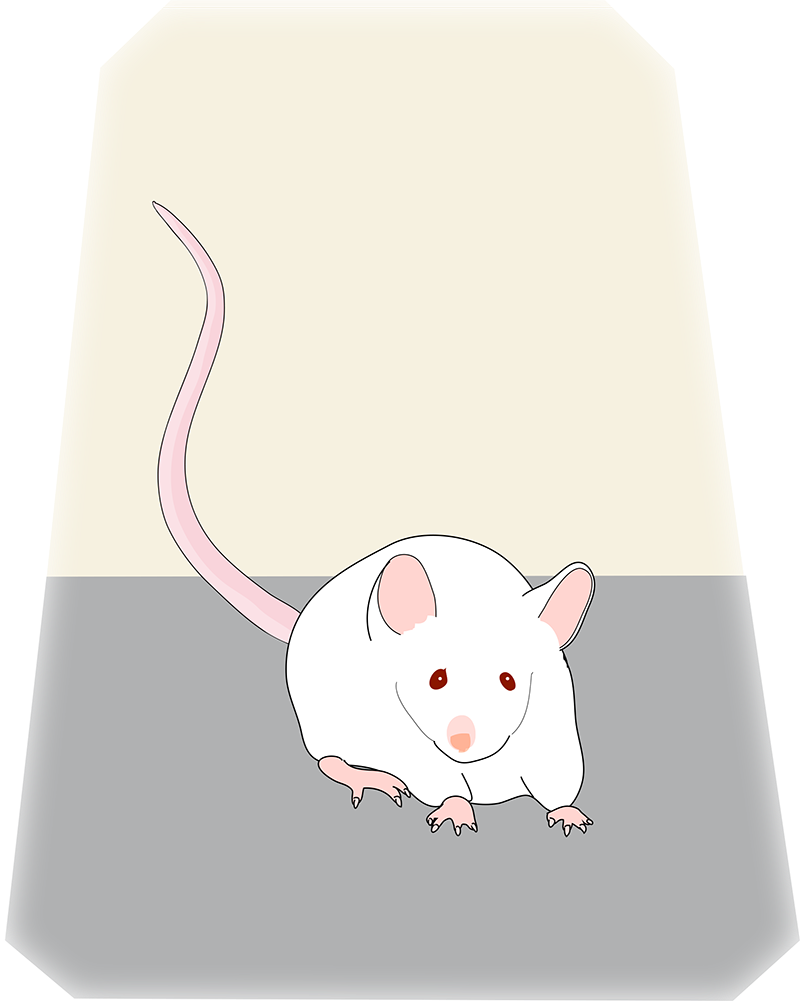Any research work, however, can be proposed. Laws and guidelines limit the use of substances that may be harmful to humans or animals, lead to an invasion of individual privacy, or help enable the destruction of the environment. To conduct research, it is necessary to take safety measures and consider confidentiality. In addition, studies that are too dangerous should be prohibited. The following further items are also to be considered:
There are cases in which only universities, hospitals, and research institutes with special committees are able to direct research involving human subjects such as in biological research or having a third party try a prototype of a newly developed device. Such a committee examines study proposals researchers submit in advance. If your school does not have such a committee, consult a research leader or an expert. In the case of surveys such as those in the form of questionnaires, it is of course important to explain to the subject in advance what kind of survey will be conducted so that he or she will understand. However, when publishing the results, it is important to take privacy into consideration so that your subjects cannot be identified, and to refrain from informing other people of their answers as a duty of confidentiality.
 Animal experimentation
Animal experimentationResearch on animals is often seen as a part of middle and high school work. However, vertebrates with well-developed nervous systems that can get distressed need special attention in their handling. Studies in which an animal suffers a serious disability or dies lack consideration for animal health and welfare. If possible, in your research proposal, try to avoid using vertebrates and use insects or microorganisms instead (Replace), use as few in number as possible (Reduce), and minimize their pain and distress (Refine). These are the 3R principles of animal experimentation. You must also pay sufficient respect to animals when conducting work on them.
Microorganisms (bacteria, fungi, parasites, and the like), recombinant DNA technology, and human and animal tissues and blood are biologically-derived substances that pose risks. Model organisms such as laboratory strains of E. coli and yeast, considered low-risk organisms, should be used in an appropriate lab after instruction from a research leader. Studies on biological materials and pathogenic microorganisms that are known to be toxic employ the necessary lab equipment to protect students and the surrounding environment. When an unknown microorganism is isolated from the field and studied, it cannot be ruled out that it may contain dangerous microorganisms. Therefore, advice from an expert should be obtained as necessary. In the case of genetic modification, instruction must be received on the appropriate experimental methods under the guidance of an expert.

If you are engaged in study or work using hazardous chemicals or equipment, receive instruction from your research leader and then conduct the work under such person’s supervision. Dangerous chemicals include poisonous and deleterious substances and other reactive, flammable, and corrosive chemicals. Dangerous equipment includes firearms, explosives, and drones. In addition, research using light that is stronger than what is normal in daily life (laser, or the like) should be conducted with a research leader and its risks assessed so that students are conducting the experiments safely. When managing work using radionuclides, radioisotopes, X-rays, or the like, consult an expert.
When conducting research fieldwork, safety must also be considered and field manners observed. After checking the weather information for the day, for example, make a flexible action plan. Take measures to prevent heat stroke when a high temperature warning is issued. You may also encounter a range of wild animals in the field. If the study involves the habitat of particularly dangerous animals, consult the research leader or an expert. Before collecting samples from the field, you may also need to obtain permission in advance. Again, consult your research leader or an expert.
